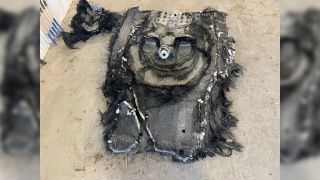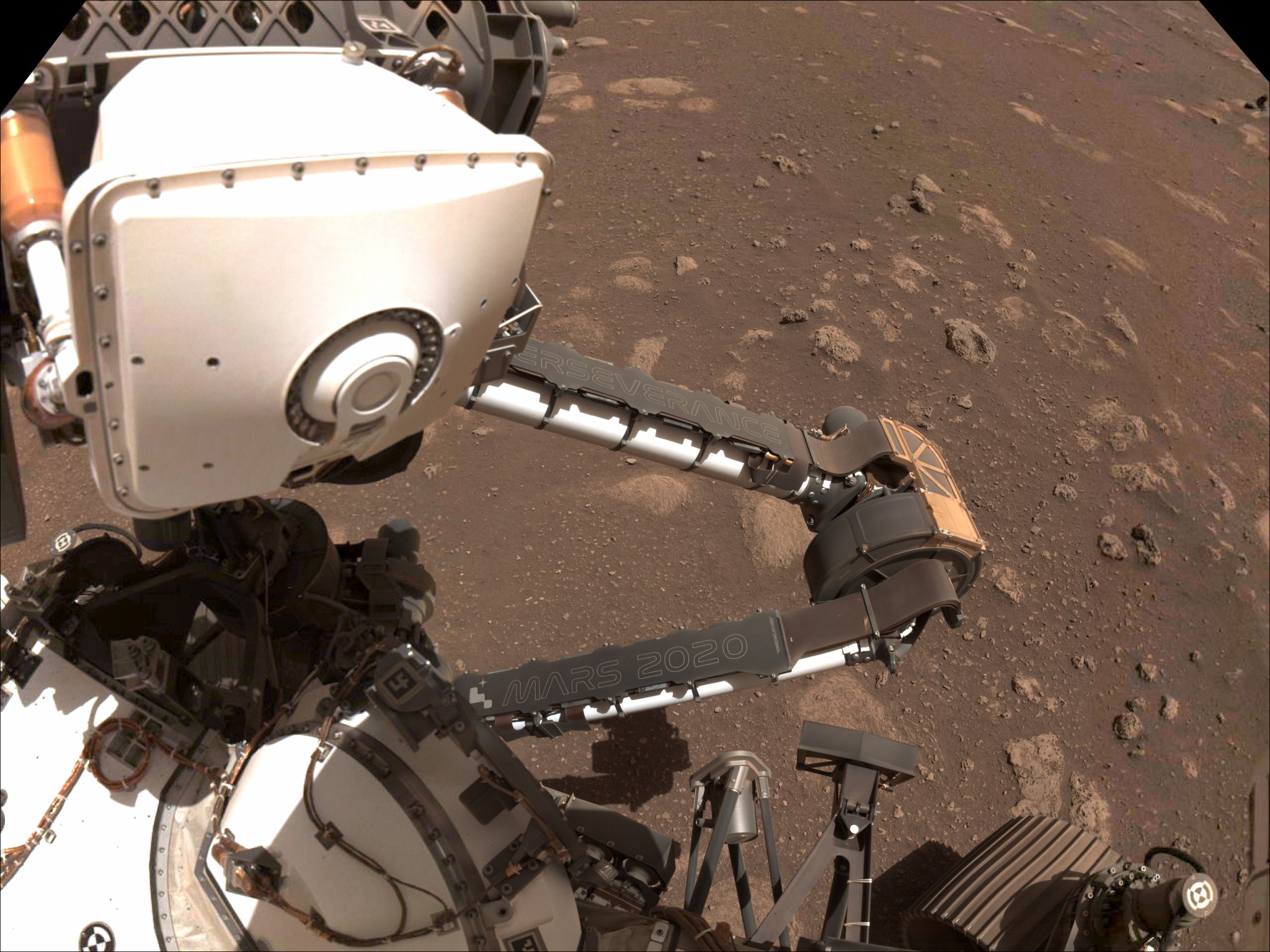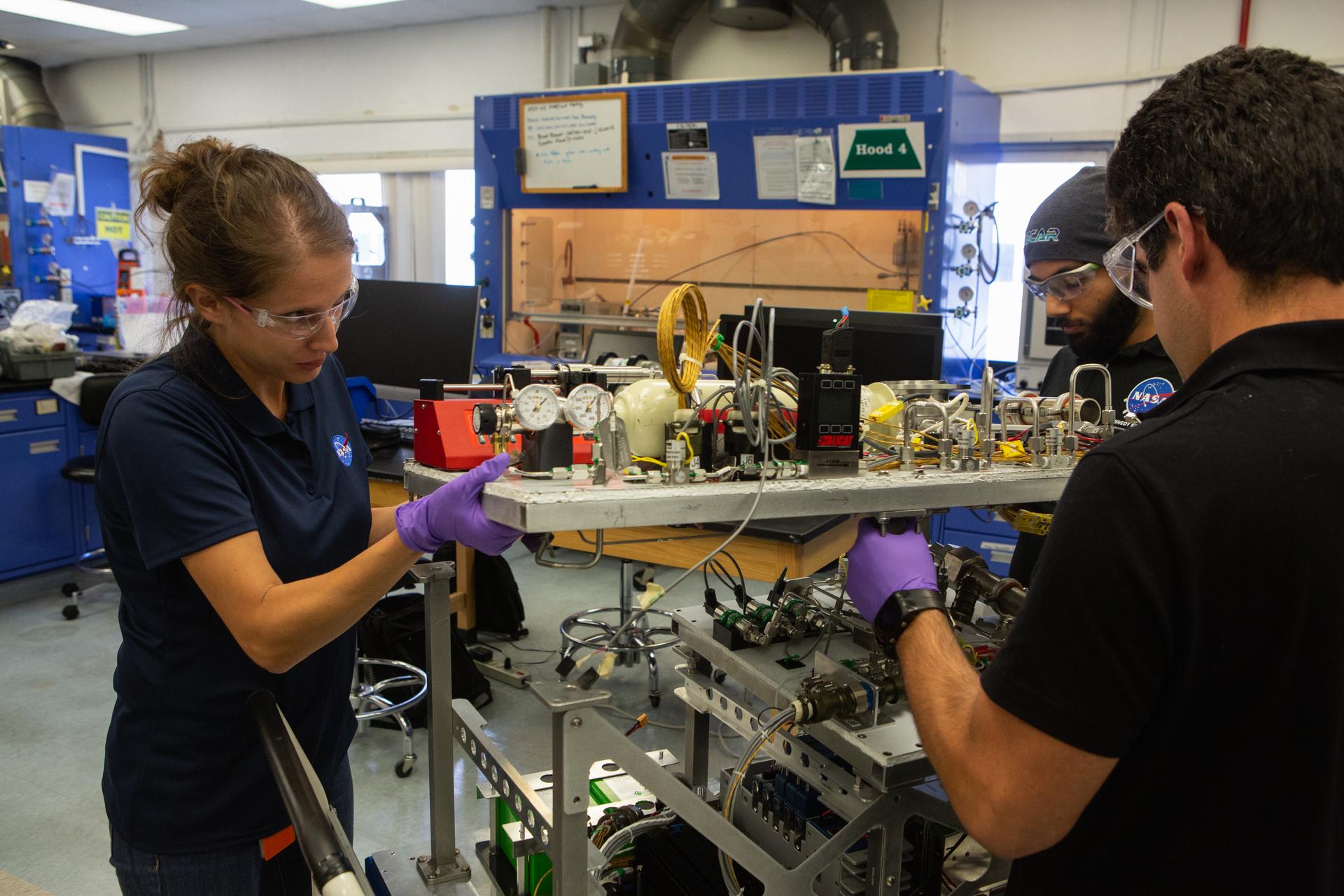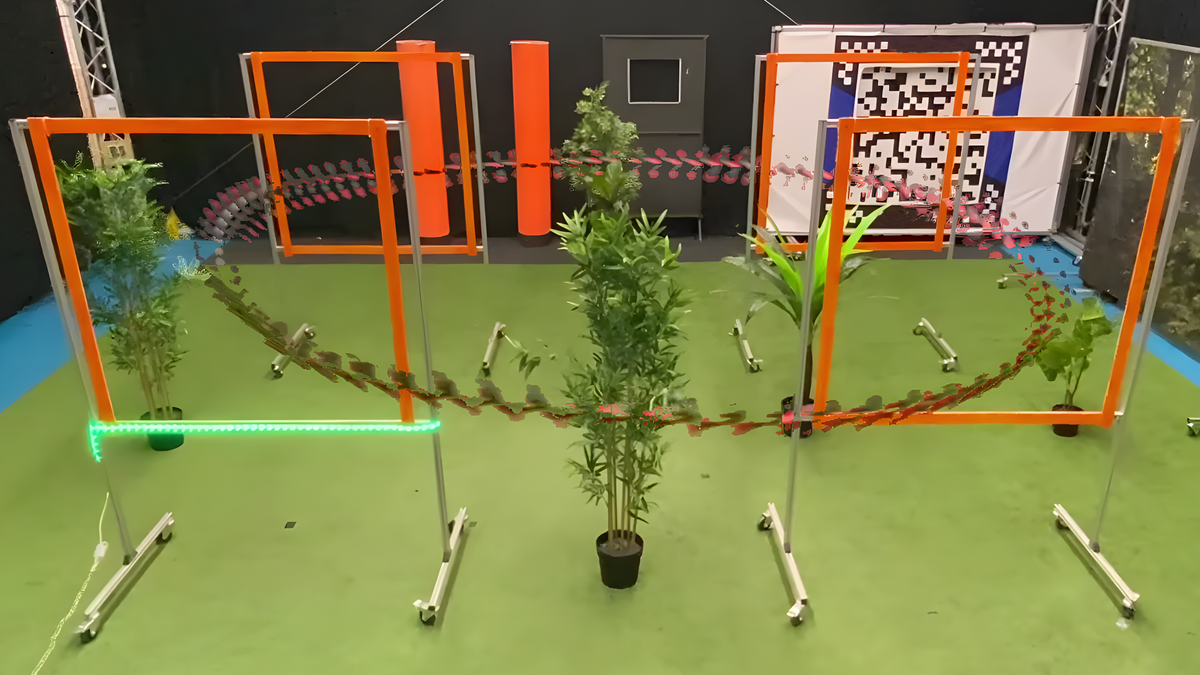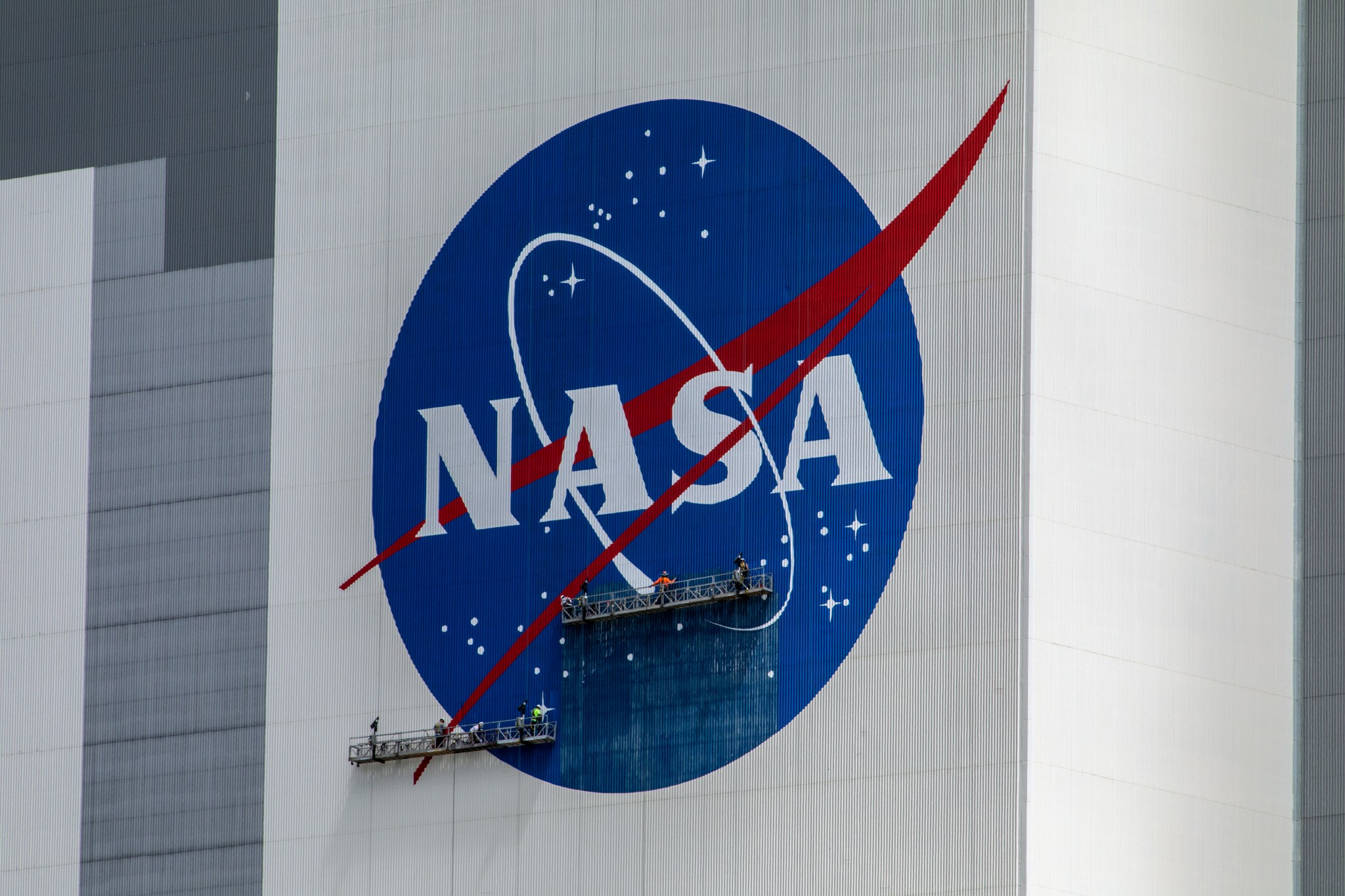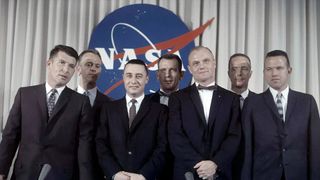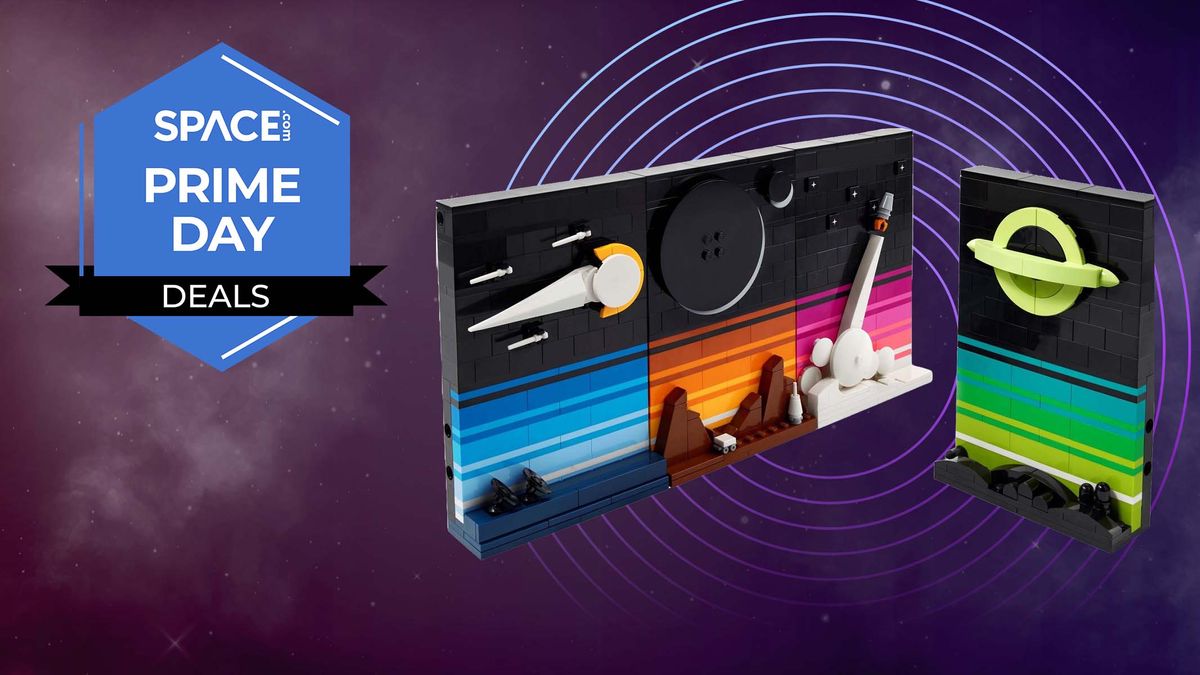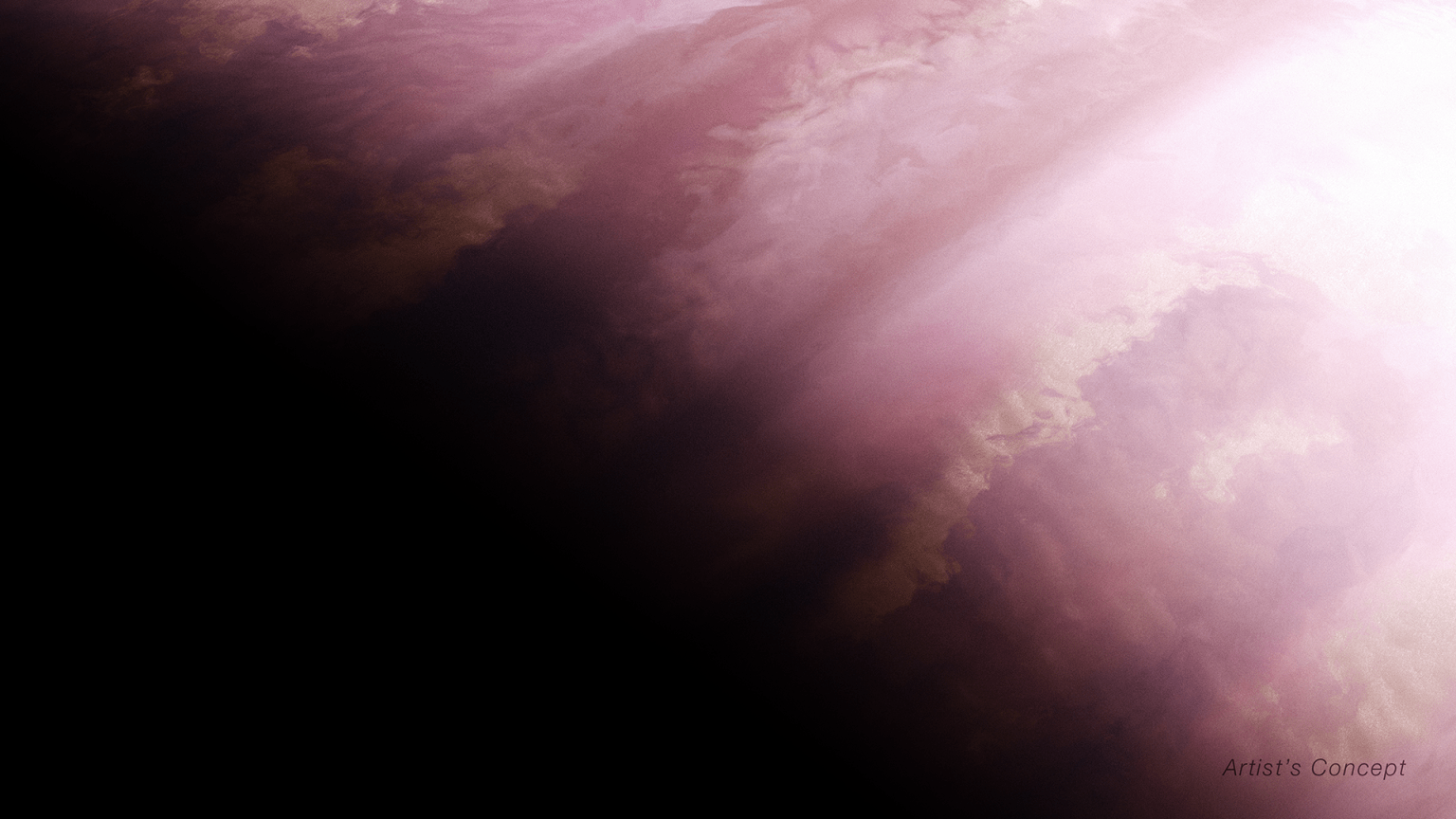Originally published at Scientific American. Samantha Lawler is an assistant professor of Astronomy at the University of Regina. The e-mail arrived, like a bolt from blue, on the otherwise typical Thursday afternoon of May 9. The message was from a journalist, asking me, an astronomer, for an interview about a farmer who had reportedly found space junk while prepping his fields for springtime seeding, just an hour’s drive from my home in Saskatchewan. “Yeah, right,” I said to myself as I tapped out my affirmative reply. The odds are already…
Read MoreMonth: July 2024
Here’s How AI Is Changing NASA’s Mars Rover Science
6 min read Preparations for Next Moonwalk Simulations Underway (and Underwater) To view this video please enable JavaScript, and consider upgrading to a web browser that supports HTML5 video In this time-lapse video of a test conducted at JPL in June 2023, an engineering model of the Planetary Instrument for X-ray Lithochemistry (PIXL) instrument aboard NASA’s Perseverance Mars rover places itself against a rock to collect data. NASA/JPL-Caltech Artificial intelligence is helping scientists to identify minerals within rocks studied by the Perseverance rover. Some scientists dream of exploring planets with…
Read MoreNASA, Universities Take Learning Out of Classroom
From left, team members Annie Meier, Malay Shah, and Jamie Toro assemble the flight hardware for NASA’s Orbital Syngas Commodity Augmentation Reactor, or OSCAR, on Oct. 10, 2019, in the Space Station Processing Facility at the agency’s Kennedy Space Center in Florida. OSCAR began as an Early Career Initiative project at the spaceport that studies technology to convert trash and human waste into useful gasses such as methane, hydrogen, and carbon dioxide. NASA/Cory Huston There’s no “I” in team, and that holds true for NASA and its partners as the…
Read MoreDrone racing is helping train AI to autonomously drive spacecraft
We’re off to the races! The AI-driven drone races, that is. The European Space Agency’s (ESA) Advanced Concepts Team (ACT) has partnered with the Delft University of Technology’s (TU Delft) Micro Air Vehicle Laboratory in the Netherlands to train neural-network artificial intelligence systems to race drones. Ultimately, this program will test AI’s ability to handle complicated maneuvers, which could then be implemented on future space missions. (There’s a Star Wars pod racing joke in here somewhere.) Neural networks in AI mimic human brains in the way they pass along information…
Read MoreNASA Meatball Painting on Kennedy’s VAB
Painting of the NASA logo, also called the meatball, continued on the 525-foot-tall Vehicle Assembly Building at the agency’s Kennedy Space Center in Florida on May 29, 2020.
Read More“The Meatball’ Turns 65
Painters work on the official NASA insignia, nicknamed “the meatball,” on the Vehicle Assembly Building at NASA’s Kennedy Space Center in Florida on May 29, 2020. NASA/Kim Shiflett NASA’s official logo, nicknamed the “meatball,” turned 65 on July 15, 2024. The insignia dates back to 1959, when the National Advisory Committee on Aeronautics (NACA) metamorphosed into an agency that would advance both space and aeronautics: the National Aeronautics and Space Administration. After a NASA Lewis (now Glenn) Research Center illustrator’s design was chosen for the new agency’s official seal, the head of Lewis’ Research…
Read More‘Meatball’ milestone: NASA’s original logo still soars after 65 years
One of the world’s best known — and certainly most-traveled — logos is 65 years old. Since its announcement on July 15, 1959, the insignia representing NASA, or the National Aeronautics and Space Administration, has adorned both t-shirts and spacesuits, been reproduced as large as 10 stories tall and reached the surfaces of both the moon and Mars. The red, white and blue logo is NASA’s oldest official identifier, even predating the agency’s formal seal. Designed by James Modarelli, the then-head of the research reports division at NASA’s Lewis Research…
Read MoreSave $30 on this magnificent Lego Ideas Tales of the Space Age lo-fi sci-fi set
This Prime Day Lego deal offers a 40% discount on a set that appeals to nostalgia lovers and futurists. Lego Ideas Tales of the Space Age set is a set of four buildable Lego ‘postcards’, depicting scenes inspired by the science fiction of the 70s and 80s. From a lander approaching a moon base through to a black hole opening above a planet, these sets can be displayed individually or as one scene.You can get the Lego Ideas Tales of the Space Age set on sale at Amazon for $39.99.…
Read MoreNASA’s Webb Investigates Eternal Sunrises, Sunsets on Distant World
6 Min Read NASA’s Webb Investigates Eternal Sunrises, Sunsets on Distant World Artists concept of WASP-39 b (full image below). Near-infrared spectral analysis of terminator confirms differences in morning and evening atmosphere Researchers using NASA’s James Webb Space Telescope have finally confirmed what models have previously predicted: An exoplanet has differences between its eternal morning and eternal evening atmosphere. WASP-39 b, a giant planet with a diameter 1.3 times greater than Jupiter, but similar mass to Saturn that orbits a star about 700 light-years away from Earth, is tidally locked…
Read MoreSky High Sustainability: NASA Johnson’s Pocket Prairie Flourishes Atop Building 12
Buzzing with bees, baby birds, and wildflowers, the rooftop garden atop building 12 at Johnson Space Center in Houston reflects NASA’s commitment to environmental stewardship. Originally constructed in 1963, the facility was transformed in 2012, incorporating energy-efficient features that earned it LEED Gold certification. The certification is a globally recognized symbol of sustainability achievement and leadership. Today, the building serves as a testament to NASA’s commitment to ecological innovation. Nestled between the Mission Control Center and building 16, this hidden gem is part of a series of pioneering efforts at…
Read More